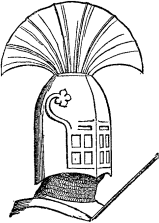
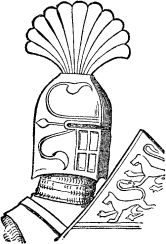
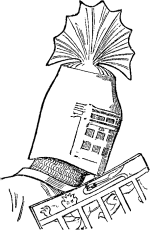
 |
 |
 |
| FIG. 610.--From the seal (1301) of Richard Fitz-Alan, Earl of Arundel. | FIG. 611.--From the seal (1301) of Humphrey de Bohum, Earl of Hereford. | FIG. 612.--From the seal (1305) of Edward of Carnarvon, Prince of Wales. |
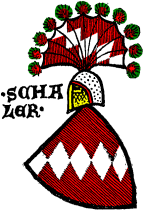 |
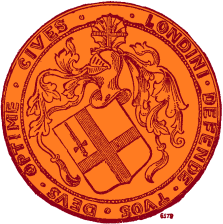 |
| FIG. 613.--Arms of the family of Schaler (Basle): Gules, a bend of lozenges argent. (From the Zürich Roll of Arms.) | FIG. 614.--Modern reverse of the Common Seal of the City of London (1539). |
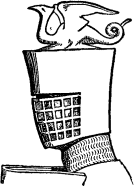 |
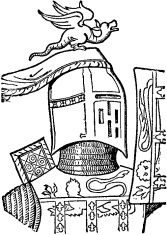 |
| FIG. 615.--Crest of Roger de Quincey, Earl of Winchester(d. 1264). (From his seal.) | FIG. 616.--Crest of Thomas, Earl of Lancaster. (From his seal, 1301.) |
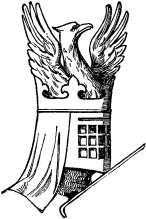 |
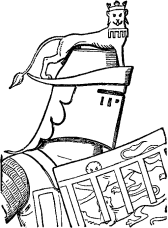 |
| FIG. 617.--Crest of William de Montagu, Earl of Salisbury (d. 1344). (From his seal.) | FIG. 618.--Crest of Thomas de Mowbray, Earl of Nottingham, and Earl Marshal. (From a drawing of his seal, 1389: MS Cott., Julius, C. vii.) |

 thirty-one different branches of the Zorn family have different crests, which are the sole marks of difference in the achievements.
thirty-one different branches of the Zorn family have different crests, which are the sole marks of difference in the achievements.